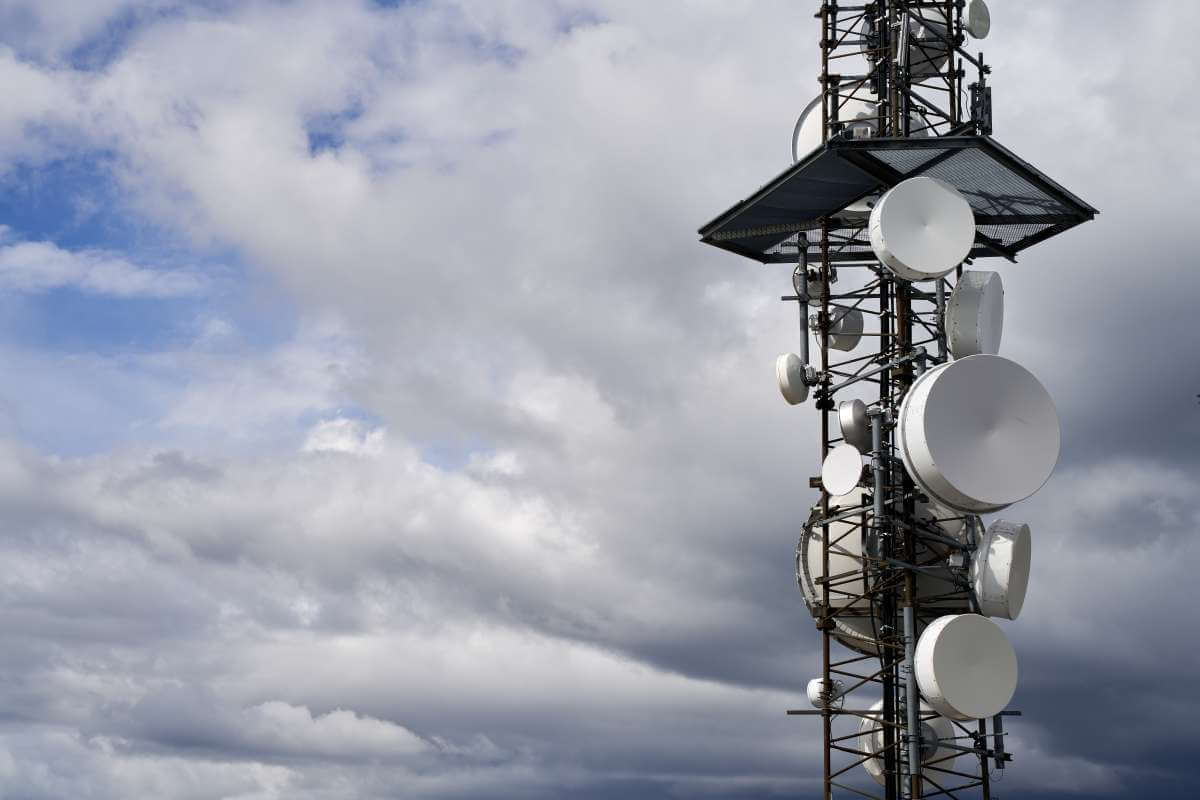Optimizing Point-to-Point Wireless Backhaul for Enhanced WISP Performance
- by ISPadmin
- 2024 / 05 / 20
- Engineering


A robust and efficient backhaul network is the backbone of your operation. When it comes to backhaul solutions, Point-to-Point (PTP) wireless systems reign supreme, offering a reliable and cost-effective way to connect your towers and distribute internet traffic.
However, maximizing performance requires careful planning and optimization. This blog post dives into the technical aspects of PTP wireless backhaul systems, equipping you with strategies to:
- Maximize Bandwidth: Ensure your backhaul can handle the growing demands of your customer base.
- Minimize Latency: Deliver a lag-free internet experience for all your customers.
- Select the Right Equipment: Choose the optimal PTP system for your specific needs and budget.
Maximizing Bandwidth:
- Frequency Selection: The frequency band you choose significantly impacts bandwidth capacity. Higher frequencies (like the 24 GHz or even 60 GHz bands) offer wider channels and greater bandwidth potential, but signal propagation can be limited by distance and obstacles. Lower frequencies (like the 5 GHz band) offer better signal penetration over longer distances but
have narrower channels and lower overall bandwidth capacity. Carefully consider your backhaul distances, desired capacity, and potential interference sources when selecting a frequency band. - Channel Bonding: Utilize channel bonding techniques to combine multiple channels within your chosen frequency band. This effectively widens the available data pathway and increases overall bandwidth throughput.
- Equipment Capabilities: Invest in PTP systems designed for high-bandwidth applications. Look for systems that support advanced modulation techniques like 256QAM (Quadrature Amplitude Modulation) which can transmit more data per symbol compared to lower-order modulation schemes.
Minimizing Latency:
- Line of Sight: Maintain a clear line of sight between your PTP antennas. Obstructions like trees or buildings can introduce signal delays and increase latency. Consider using taller towers or strategic antenna placement to ensure a clear line of sight for your backhaul links.
- Minimize Cable Lengths: The length of the cables connecting your PTP radios to your network equipment can also contribute to latency. Keep cable runs as short as possible and utilize low-loss cabling designed for high-frequency applications.
- Equipment Selection: Choose PTP systems with low latency specifications. Look for systems that prioritize fast signal processing and minimize processing delays.
Selecting the Right Equipment:
- Distance: Consider the distance between your towers when selecting your PTP system. Higher-powered systems are required for longer backhaul links to overcome signal attenuation over distance.
- Capacity Requirements: Evaluate your current and projected bandwidth needs. Choose a system that can handle your current traffic and has room for future growth.
- Scalability: Consider the scalability of your chosen PTP system. Can you easily add additional capacity in the future if needed? Opt for systems that offer modular designs or allow for future upgrades.
- Licensing Requirements: Research any licensing requirements associated with operating in your chosen frequency band.
Conclusion:
Optimizing your PTP wireless backhaul system is an investment in the overall performance of your WISP network. By following these strategies, you can ensure your backhaul can handle the ever-increasing demands of your customers, deliver low-latency connections, and empower you to offer a truly exceptional internet experience.
Additional Tips:
- Network Monitoring: Continuously monitor your backhaul performance. Identify potential bottlenecks and proactively address any issues that might arise.
- Regular Maintenance: Schedule regular maintenance for your PTP systems to ensure optimal performance and avoid unexpected outages.
- Futureproofing: Stay updated on the latest advancements in PTP technology. Consider future upgrades that can further enhance your backhaul capacity and efficiency.
Contact us here to learn more about how ISP Revolution can help you deploy with confidence – the first time
RECENT BLOG
MORE INFO
ISP Resolution © 2024 All Rights Reserved
